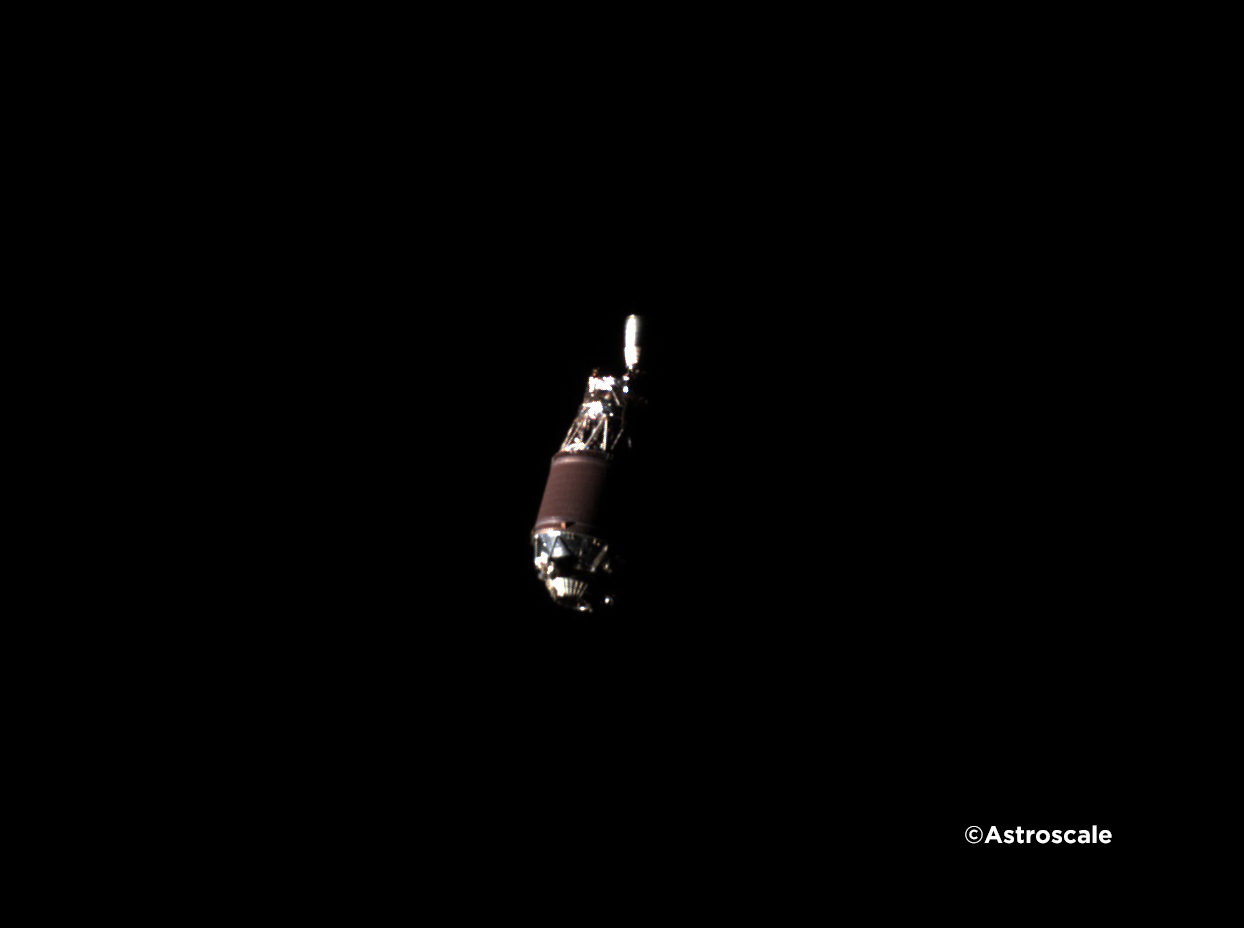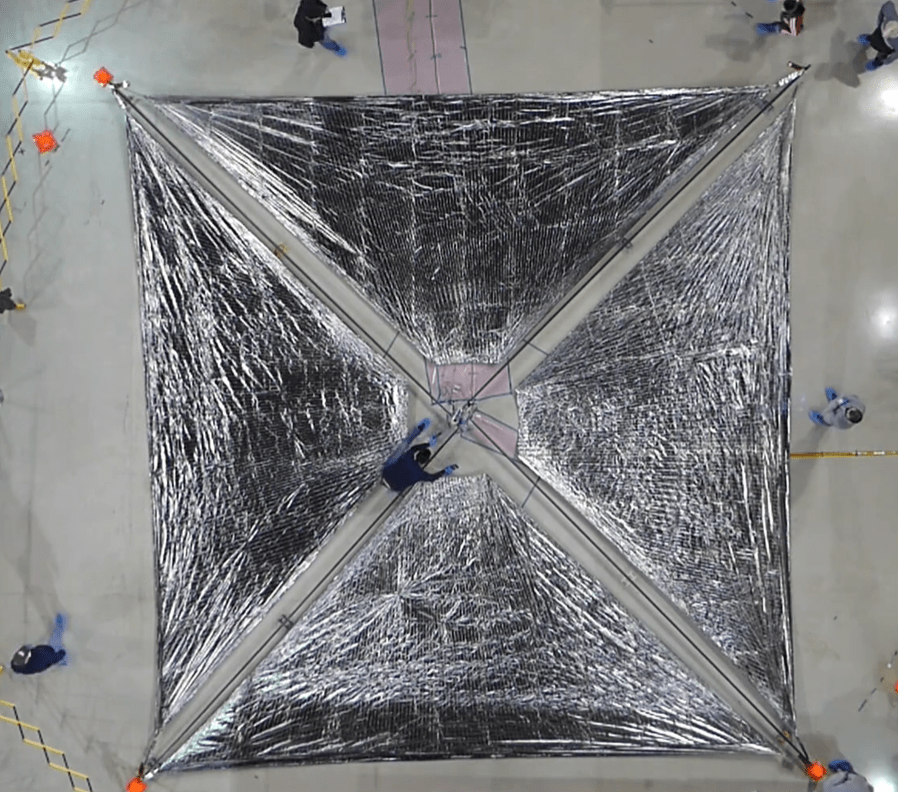This is T-Minus, where we count down the biggest developments in space, from new rocket launches to discoveries that advance our understanding of the universe and our place in it. Humanity is reaching new heights in space exploration. Make sure you’re part of the journey by subscribing here.

Psyche phones home — using lasers
NASA’s Psyche spacecraft is still millions of miles and several years away from reaching its destination: the metal-rich asteroid 16 Psyche. But it’s already making history, thanks to one of its onboard experiments: the Deep Space Optical Communications (DSOC) system.
This tech demo was designed to transmit data between the Psyche spacecraft and NASA scientists on Earth using laser light, rather than the standard radio waves. The laser approach is designed to lead to faster communication, by carrying more information per second than traditional radio transmitters. This could be hugely useful for future deep space missions — especially those involving astronauts.
In December 2023, NASA used DSOC to send a cat video to Earth from 19 million miles away, confirming that it works for deep space communication. On April 25, NASA revealed that it has since gotten DSOC to retrieve engineering data from Psyche’s radio communication system and send it to Earth — a distance of more than 140 million miles — at rates up to 25 Mbps, far faster than the 1 Mbps goal for that distance.
“It was a small amount of data downlinked over a short time frame, but the fact we’re doing this now has surpassed all of our expectations,” said Ken Andrews, project flight operations lead.


So much space debris
This was a big week for space debris — the millions of bits of hardware, ranging from loose screws to entire rocket stages, that humans have launched into Earth’s orbit and left there.
On April 24, Chinese state media outlet Xinhua reported that space debris had damaged the solar wings on China’s Tiangong space station, causing it to partially lose power. Thankfully, astronauts were able to repair the damage during two spacewalks.
Then, on April 26, Japanese aerospace company Astroscale Holdings released a first-of-its-kind photo of a piece of space debris that it took during a mission demonstrating its debris-removal technology.
“Pics or it didn’t happen,” tweeted Astroscale, along with the image. “Behold, the world’s first image of space debris captured through rendezvous and proximity operations during our ADRAS-J mission.”
For now, Astroscale is just looking, but if everything goes according to plan, it’ll attempt to actually remove a piece of space debris in 2026 — that could earn it work as a space trash collector for JAXA in the future.


NASA sets sail, in space
Chemical propulsion systems, which burn fuel to generate thrust, are the standard for spacecraft, but rocket fuel is expensive and heavy, and because the amount of it on a spacecraft is finite, missions can’t continue indefinitely.
Solar sails could prove to be an alternative for some missions.
These systems catch the tiny bit of momentum carried by light particles to propel spacecraft, similarly to how a sailboat uses the wind for propulsion. The larger a solar sail, the more light particles can reflect off it and the greater the spacecraft’s potential speed.
The concept of solar sails has been around for centuries, and in May 2010, JAXA proved it can actually work with the IKAROS spacecraft. Later that year, NASA deployed its own demonstration spacecraft with a solar sail measuring 10 square meters.
NASA has since developed the Advanced Composite Solar Sail System (ACS3), which features a highly reflective material thinner than a human hair and a special boom system. It can all be packed into a space about the size of a microwave, and once in space, it spreads out, creating a kite-like solar sail measuring about 81 square meters.
On April 23, aerospace startup Rocket Lab used one of its Electron rockets to deploy ACS3 for NASA. The unfurling went off without a hitch, and NASA is now putting the tech through its paces in the hope that solar sails could one day power its science and exploration missions.

We’d love to hear from you! If you have a comment about this article or if you have a tip for a future Freethink story, please email us at [email protected].





